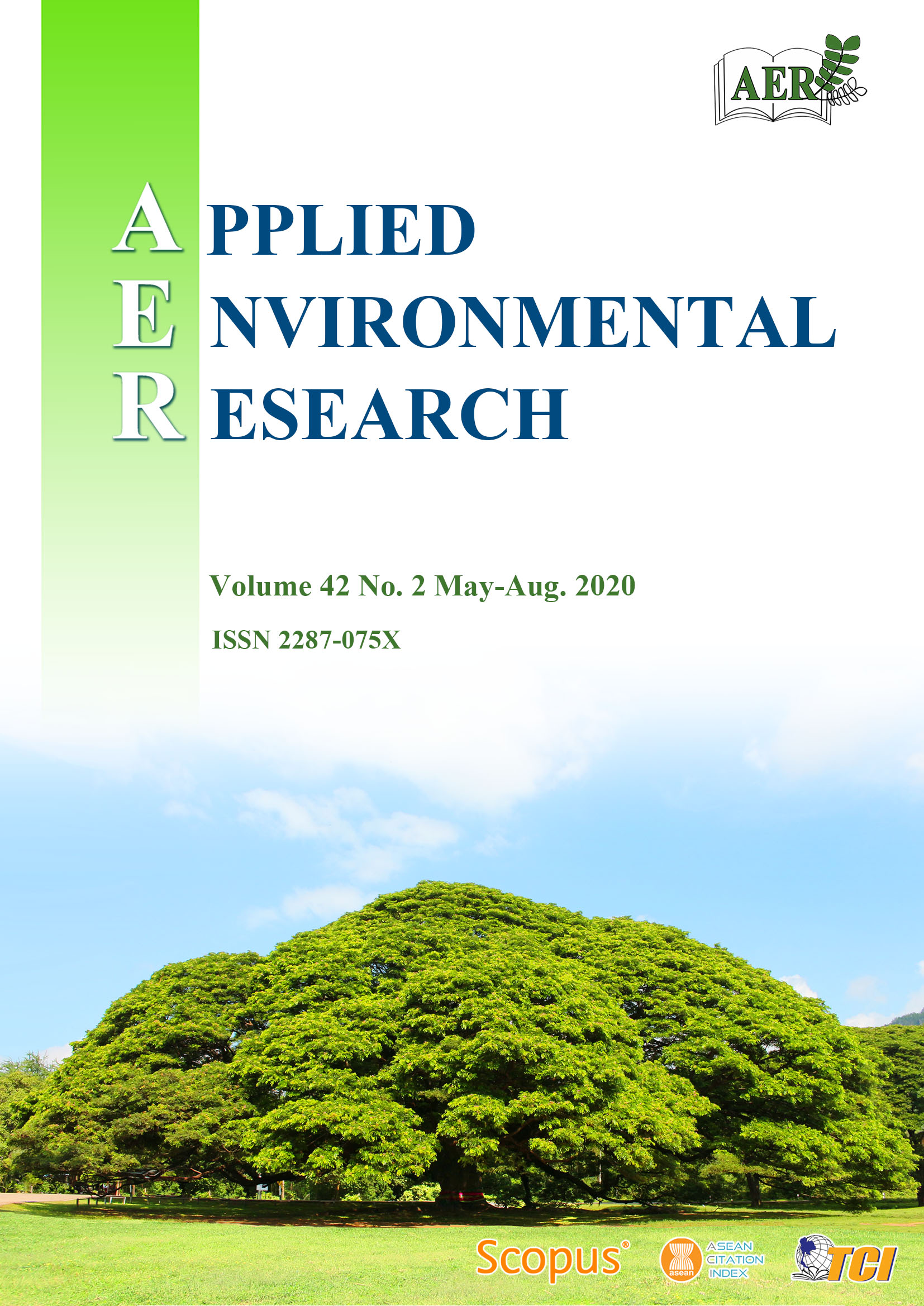Comparative Global Warming Potential as Environment Protection Criteria of Production Systems: A Case Study of Philippine Chicken Meat Sector
Main Article Content
Abstract
Demand for chicken meat has been increasing tremendously over the years globally at an average 2.4% per annum and in the Philippines at an average of 3.4% per annum. In view of the sustainable development goal (SDG) 13: Climate Change, the chicken meat sector needs to embark on more efficient production. It is not just about producing enough food, but doing it in a sustainable way. This study aimed to demonstrate the identification, evaluation and comparison of the environmental impacts of Philippine chicken meat production systems. The analysis was done through the cradle-to-gate life cycle assessment (LCA) methodology and supported with the global livestock environmental assessment model interactive (GLEAM-i) system. The study evaluated 4 production systems in various sites, namely A: intensive broiler operations; B: small-scale broiler operations with own organic feeds; C: backyard free-range operations with own organic feeds; and D: backyard free-range operations using commercial feeds. Based on a functional unit of 1 kg carcass weight (CW), the respective equivalent global warming potential (GWP) were established. System A (5.0 kg CO2-eq kg-1 CW) has the lowest GWP, followed by B (5.15 kg CO2-eq kg-1 CW), D (9.79 kg CO2-eq kg-1 CW) and C (13.51 kg CO2-eq kg-1 CW). Through LCA, the identified improvement opportunities include using locally sourced alternative for feed ingredient for A; increasing production yield to maximize the fixed inputs for B and C; and using locally sourced feed alternatives and increasing production yield for D. Well-established GWP indicators can help in shaping production and consumption patterns. It can help producers in improving operations and in establishing transparency and competitive advantage. While for consumers, it can make them well-informed and empowered in making eco-conscious purchases. This can have a long-term effect on awareness and involvement in environmental protection initiatives among producers, consumers and other concerned groups.
Article Details

This work is licensed under a Creative Commons Attribution-NonCommercial 4.0 International License.
Published articles are under the copyright of the Applied Environmental Research effective when the article is accepted for publication thus granting Applied Environmental Research all rights for the work so that both parties may be protected from the consequences of unauthorized use. Partially or totally publication of an article elsewhere is possible only after the consent from the editors.

